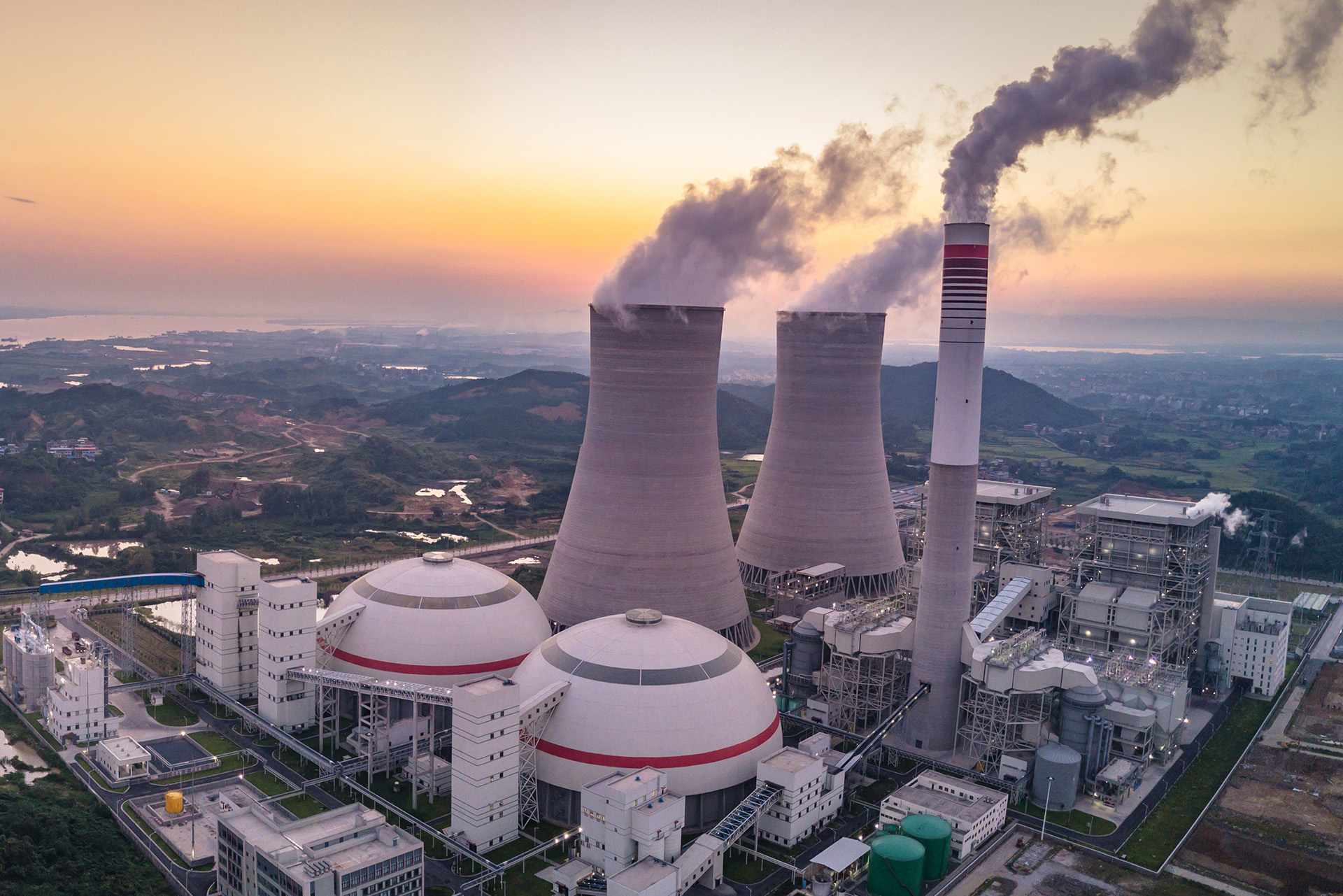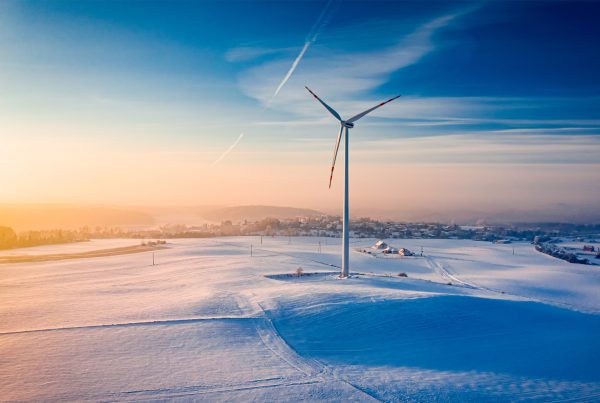The European Commission presented on 17 Septembera more ambitious carbon reduction target by 2030 of at least 55% compared to 1990 levels, compared to the 40% target previously proposed. This increase would support Europe's goal of becoming climate neutral by 2050, in line with the European Green Deal. Carbon capture, use and/or storage (CCS) technologies will play a considerable role in achieving this target, in the transition of the industrial and energy sectors towards net-zero emissions.
CCS and CCU technologies can make a significant contribution to reducing emissions in energy-intensive and difficult-to-decarbonise industries, thereby protecting industrial activity, value chains, jobs and stimulating economic growth. They are proven technologies, already available and ready to contribute to reducing carbon dioxide (CO2) emissions in both industry and the energy sector, making them sustainable.
Thus, for industries such as chemicals, metallurgy, cement, ceramics, glass and gas processing, carbon capture is essential for the EU to meet its climate targets, it says on zeroemissionsplatform.eu.
"Commercial CCS projects have been operational since 1980, with over 260 million tonnes of emissions from human activity captured and stored over 40 years. Applied to industrial processes and energy production plants, CCS can conserve and decarbonise existing, energy-intensive value chains at the heart of the European economy and the products at the heart of our way of life," the report states. A Trans-European CO2 Transportation Infrastructure for CCUS: Opportunities & Challenges.
Also, Decarbonated hydrogen produced from natural gas with CCS is expected to make an important contribution to achieving the EU's net-zero emissions targets. CCU technology is a key way to recycle CO2 and make clean fuels and syngas.
Report "The potential for CCS and CCU in Europe" (2019), coordinated by the International Association of Oil and Gas Producers (IOGP), states that:
"Europe is well positioned to benefit from CCS and CCU thanks to its extensive pipeline infrastructure, which can be used to transport CO2, hydrogen and synthetic methane, as well as other renewable and decarbonised gases. Europe also has extensive geological CO2 storage capacity. and expertise in subsea operations, with countries like Norway and the UK willing to allow joint access to their offshore CO2 storage facilities for EU industry."
How CCS works
To better understand how this CCS technology works, here are some published explanations on the European Commission website:
- Carbon capture and geological storage is a technique of collecting carbon dioxide emitted from large sources such as thermal power plants, compressing it and transporting it to a suitable storage site where it is injected underground.
- Also, before the CO2 emitted by power plants or other sources can be stored, it must be cleaned of most of its associated substances. This is not a new technology, as CO2 is typically separated and captured in industrial processes. The CO2 must then be stored in compressed form and transported to the sequestration site.
- Carbon dioxide can be stored in various geological formations, such as oil and gas reservoirs or deep saline reservoirs.
How long can it be held for? A special report by the Intergovernmental Panel on Climate Change (IPCC) has concluded that properly selected and managed reservoirs can "very likely" retain more than 99% of sequestered CO2 for more than 100 years and "likely" retain 99% of it for more than 1,000 years, the European Commission says.
How CCU works
Carbon Capture for Use is an alternative solution to carbon storage, as shown by European Commission.
- The captured carbon volumes have the potential to be used in the manufacture of fuels, carbonates, polymers and some chemicals.
- Today, carbon dioxide is used as a raw material in many industries, be it food, medical applications, urea synthesis or rubber production.
- Another solution to carbon storage is its use in some advanced oil and gas recovery (EOR) and enhanced oil and gas recovery (EOG) processes.
High costs and prejudice a barrier to CCS development
"Although the CCS components are all known and applied on a commercial scale, the integrated systems are new. The cost of capture and storage remains an important barrier to CCS development. The capture component in particular is an expensive part of the process. For example, in the power generation sector, stack gases from coal and natural gas power plants have relatively low CO2 concentrations (10-12% for coal and about 3-6% for natural gas), so that the amount of energy required to capture these gases makes the process expensive", Brussels officials explain.
However, the European Commission notes that, "Given that theoretical efficiency limits are reached and emissions are unavoidable in some sectors, CCS may be the only option available to reduce direct emissions from industrial processes at the scale needed in the long term. In the power generation sector, CCS can be a key technology for fossil fuel-based generation. It could help balance an electricity system that has increasing shares of variable renewables."
According to a Global CCS Institute article published in July this year, today there are 20 large commercial CCS facilities in operation. Combined, they permanently capture and store around 40 million tonnes of CO2 per year.
"However, in order to achieve climate change mitigation targets, an estimated number of over 2000 large CCS facilities need to be commissioned by 2050." notes the Global CCS Institute.
Also, CO2 infrastructure is crucial to achieve large-scale decarbonisation in industry and the energy sector, it also states on zeroemissionsplatform.eu. On the other hand, in addition to the commercial challenges, "there is significant scepticism about CCS among those who don't know much about the technology"says the Global CCS Institute.
Most often, concerns are related to the safety of CO2 transport and storage, partly also due to biases based on poor knowledge of the technology. In this context, governments have an important role to play in building public confidence and understanding of the need for CCS in achieving climate targets.





